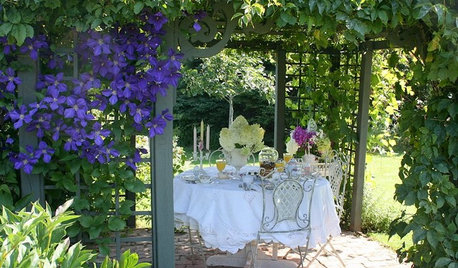Grafting Rhododendron?
maryneedssleep
13 years ago
Related Stories

TREES11 Japanese Maples for Breathtaking Color and Form
With such a wide range to choose from, there’s a beautiful Japanese maple to suit almost any setting
Full Story
GARDENING GUIDESPacific Northwest Gardener: What to Do in May
Take advantage of May's warmth to prune spring blooms and plant vegetables and annuals for a summer bounty
Full Story
GARDENING GUIDES13 Japanese Maples for Shade
A surprising variety of these understory trees is waiting to make a statement in your shade garden
Full Story





mainegrower
rhodyman
Related Professionals
Derry Landscape Architects & Landscape Designers · Birmingham Landscape Architects & Landscape Designers · Glen Ellyn Landscape Architects & Landscape Designers · Harrison Landscape Architects & Landscape Designers · Oatfield Landscape Architects & Landscape Designers · River Forest Landscape Architects & Landscape Designers · Belvedere Park Landscape Contractors · Choctaw Landscape Contractors · Fairview Landscape Contractors · Hendersonville Landscape Contractors · National City Landscape Contractors · North Ridgeville Landscape Contractors · Peoria Landscape Contractors · San Carlos Park Landscape Contractors · Wickliffe Landscape ContractorsmaryneedssleepOriginal Author
rhodyman